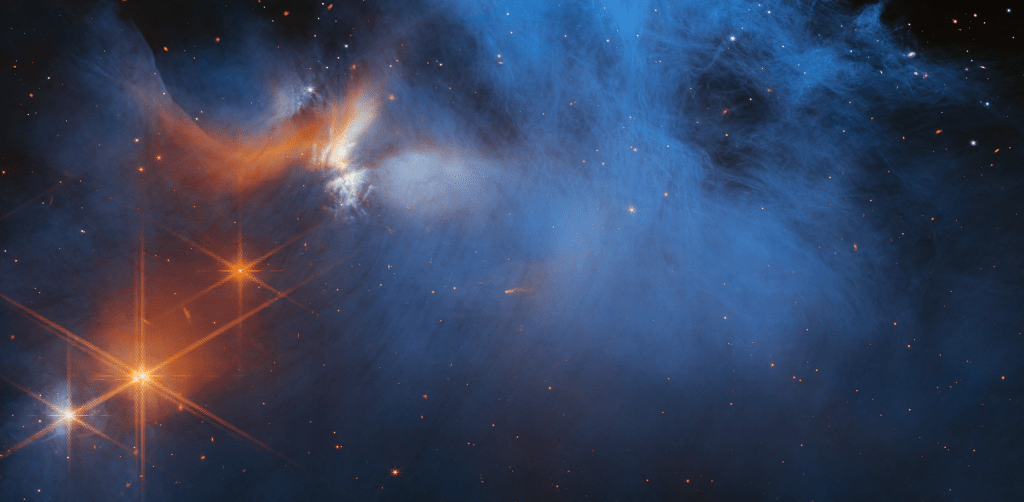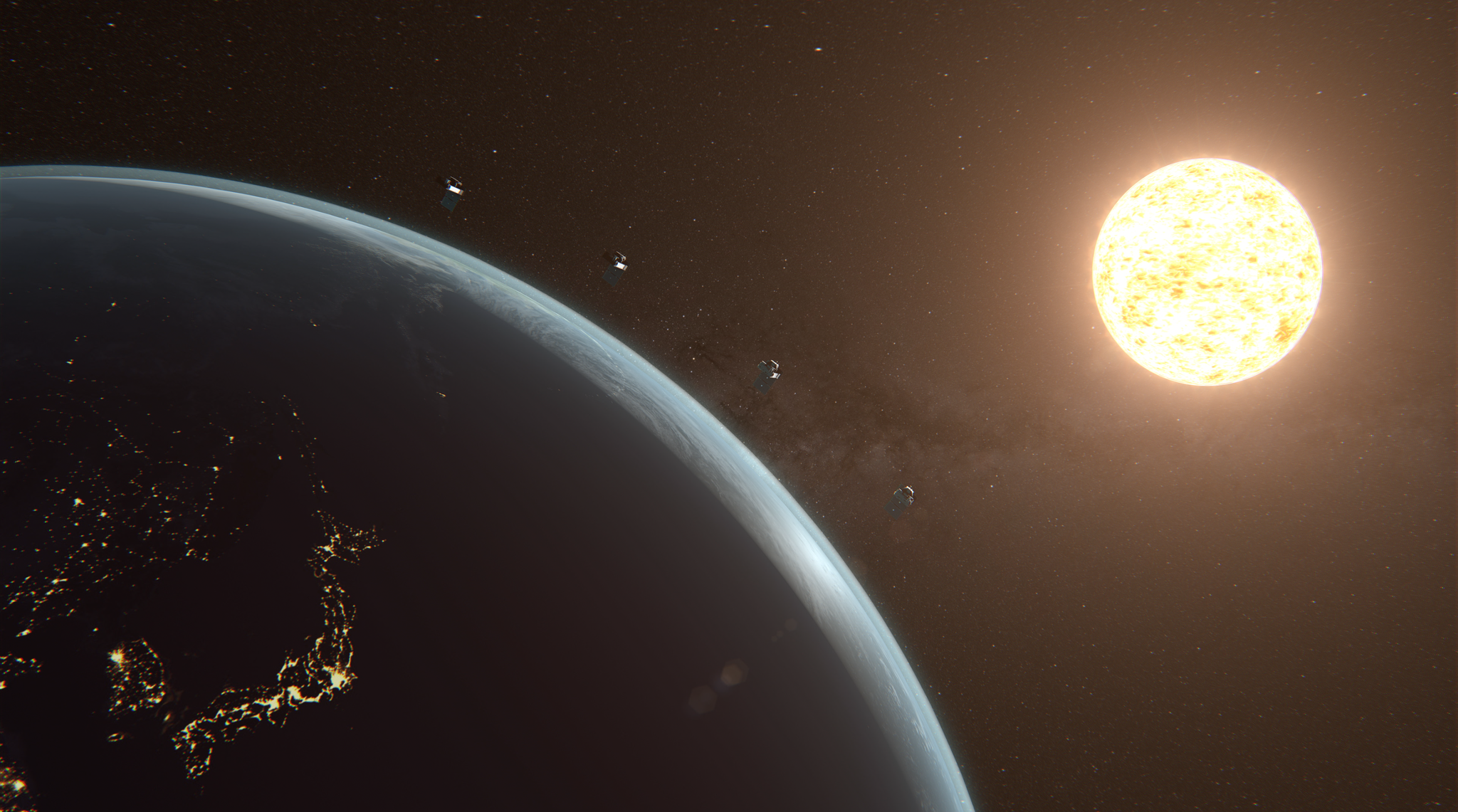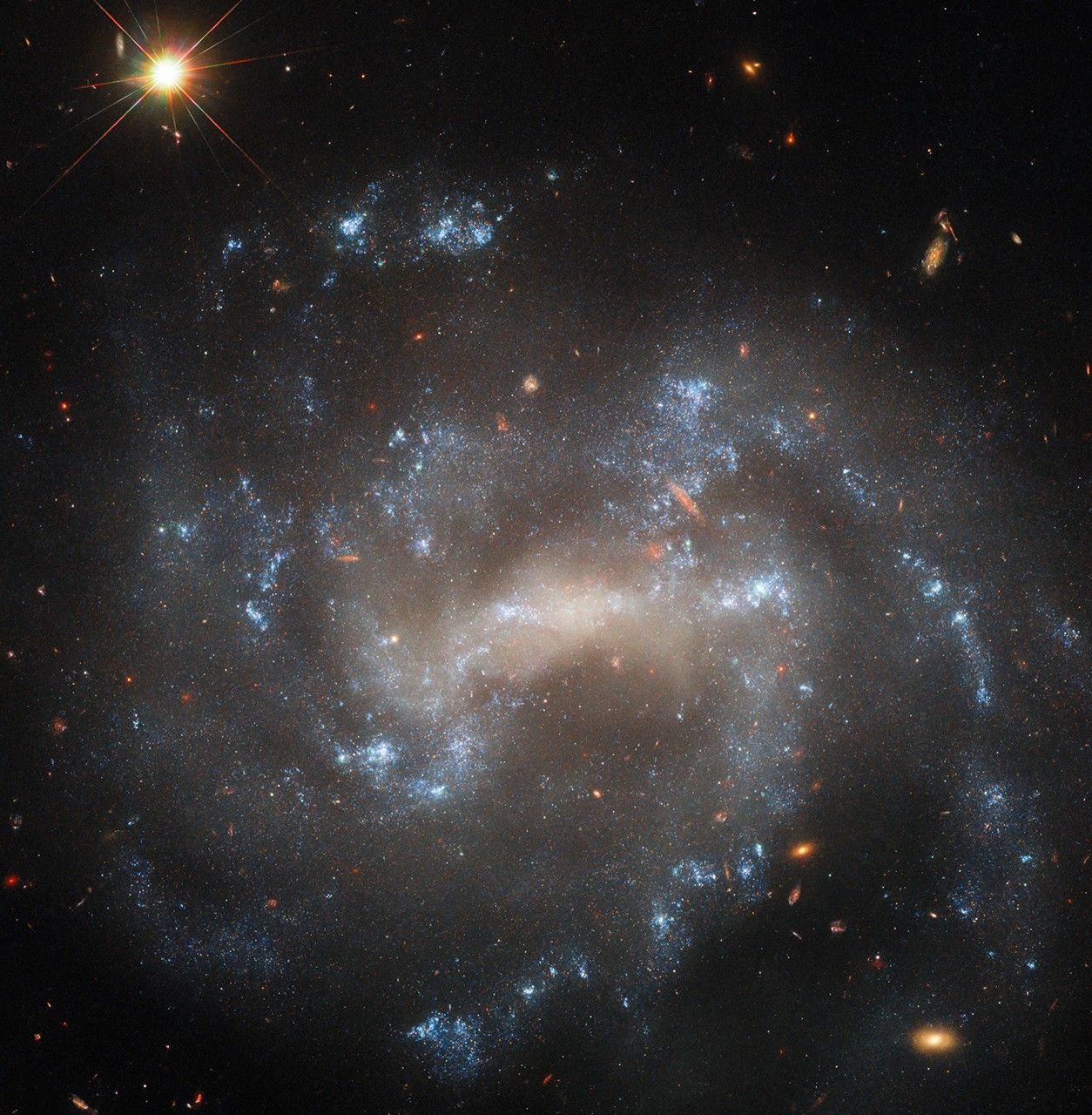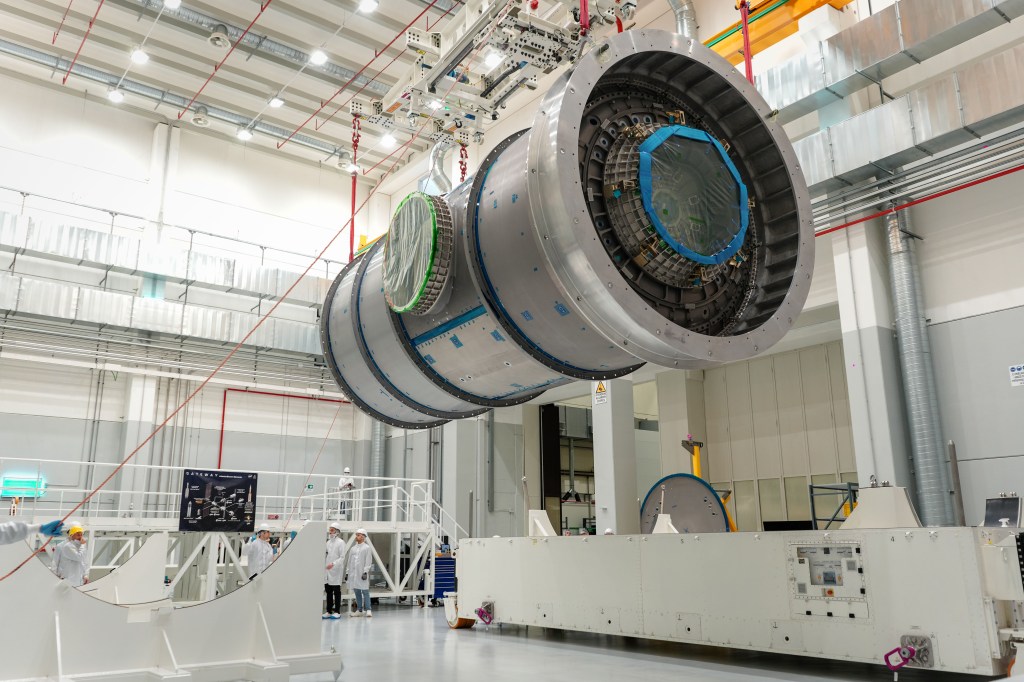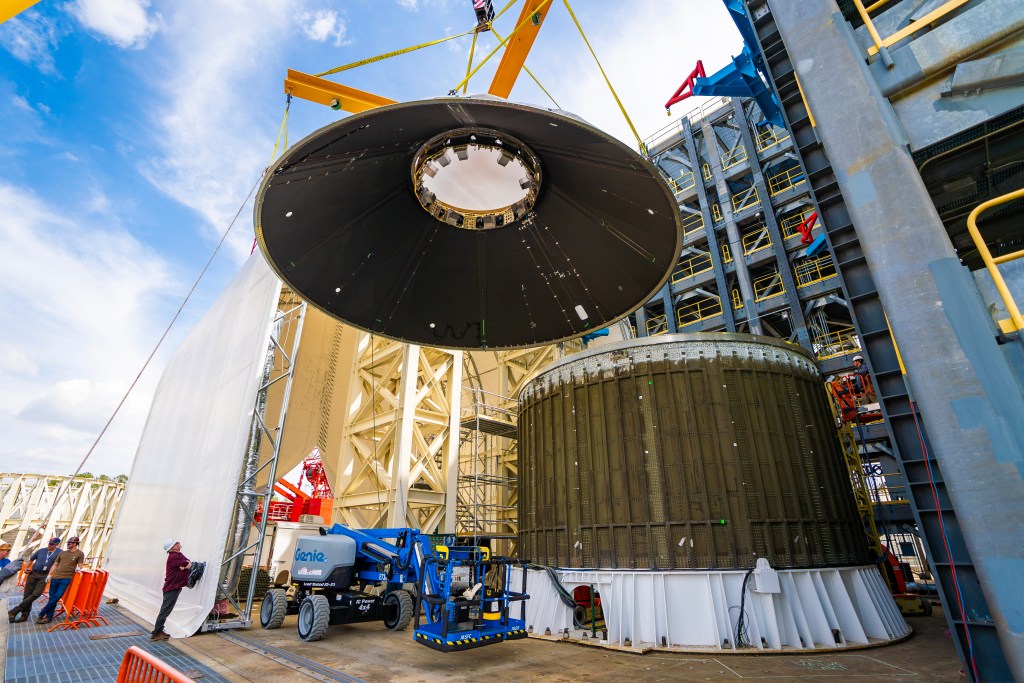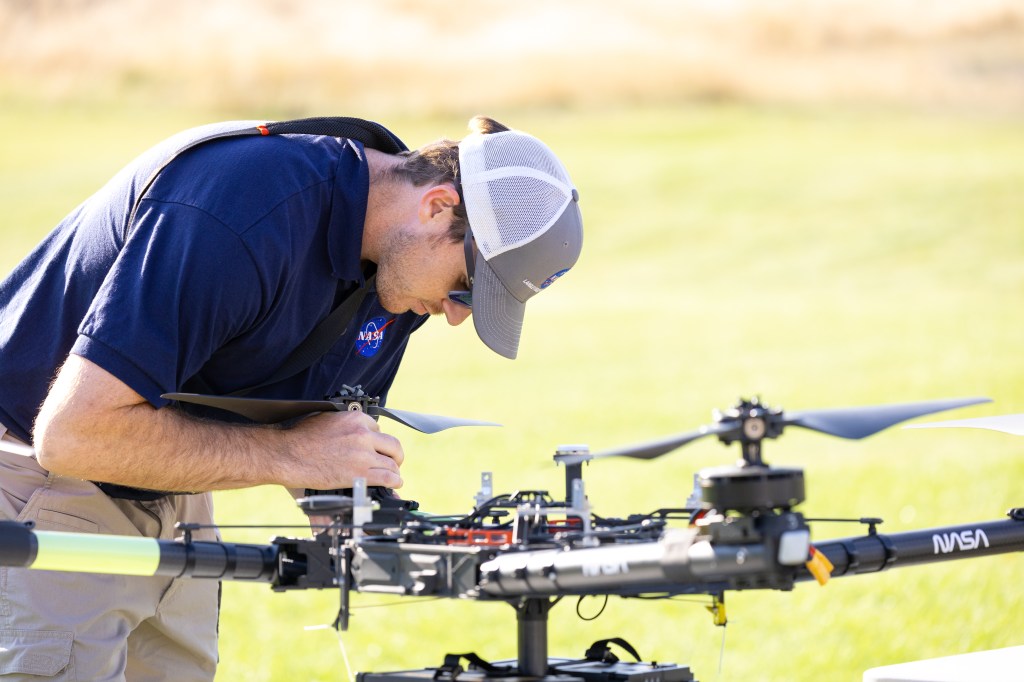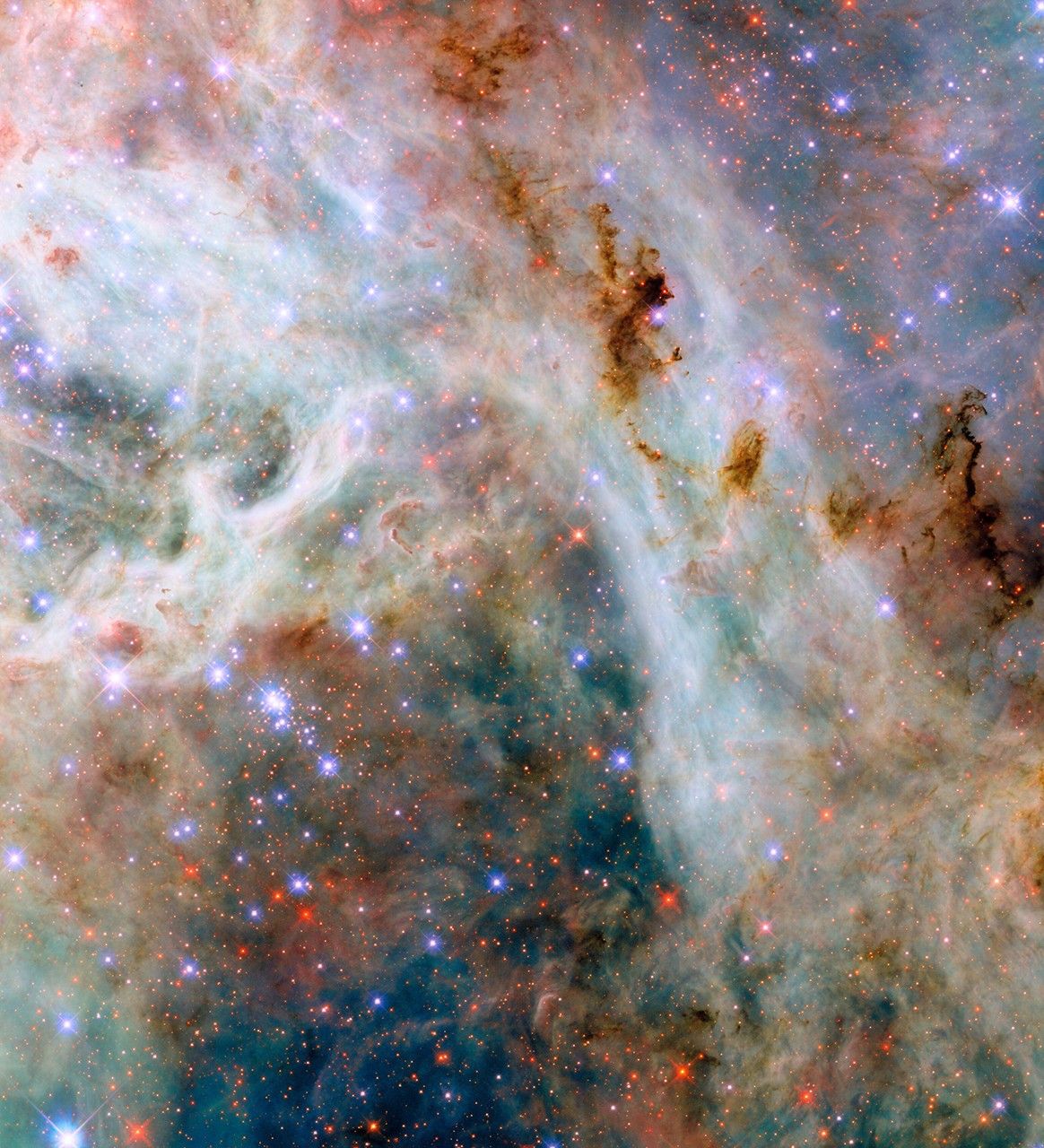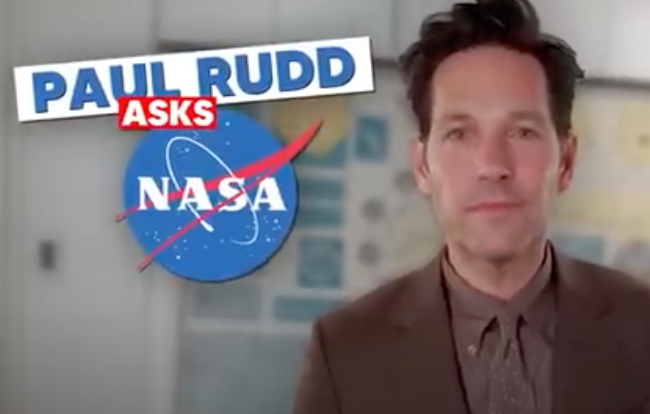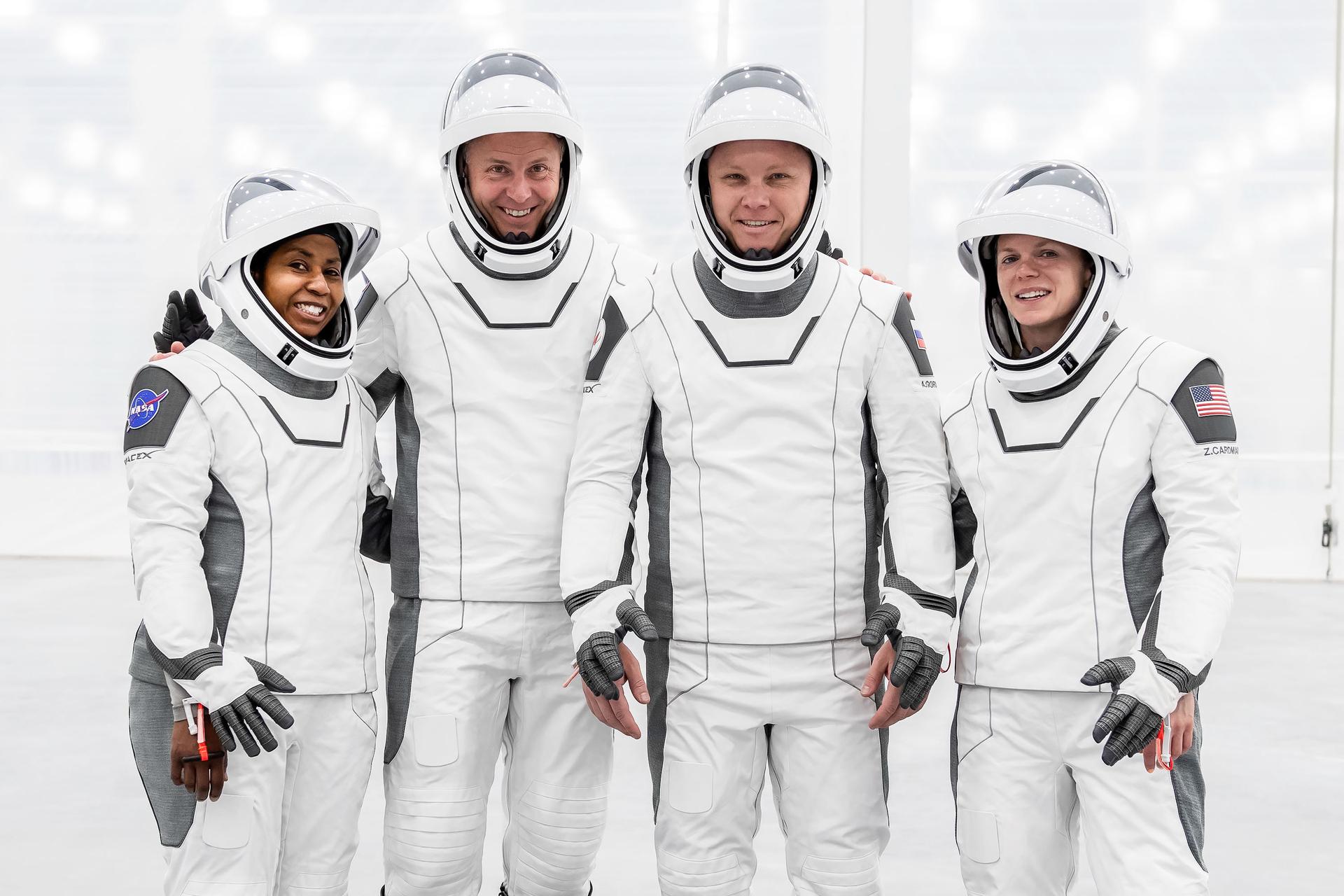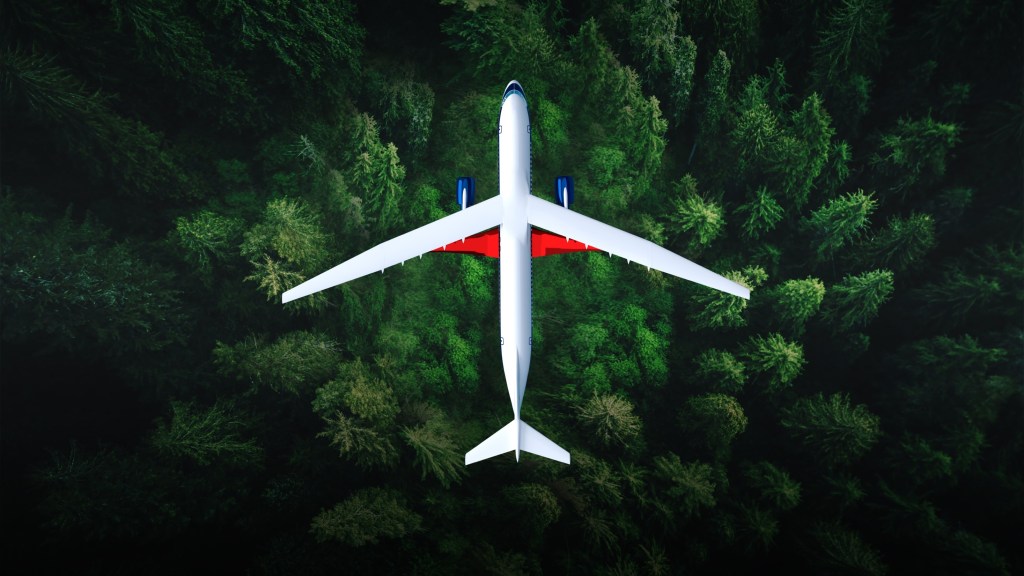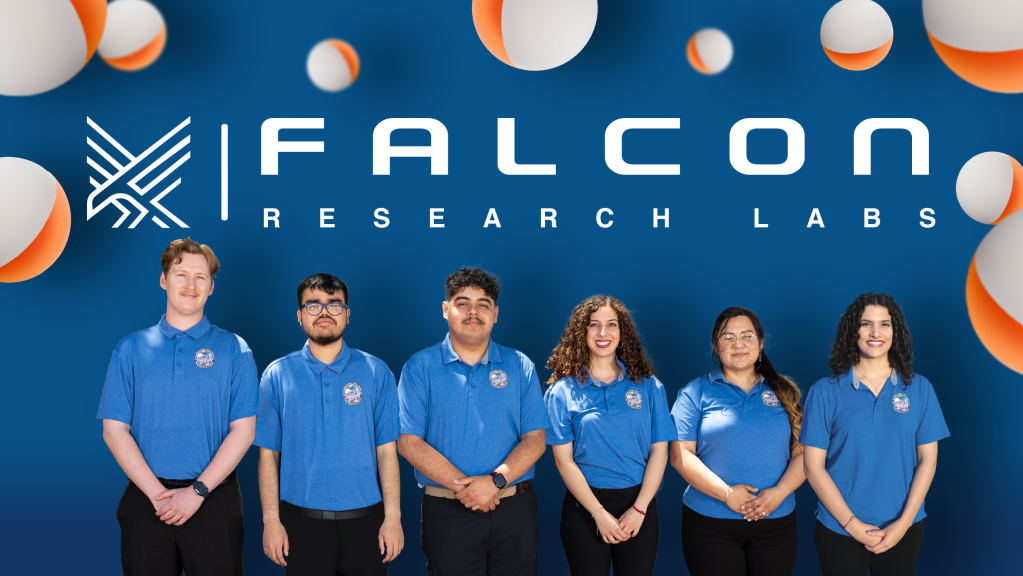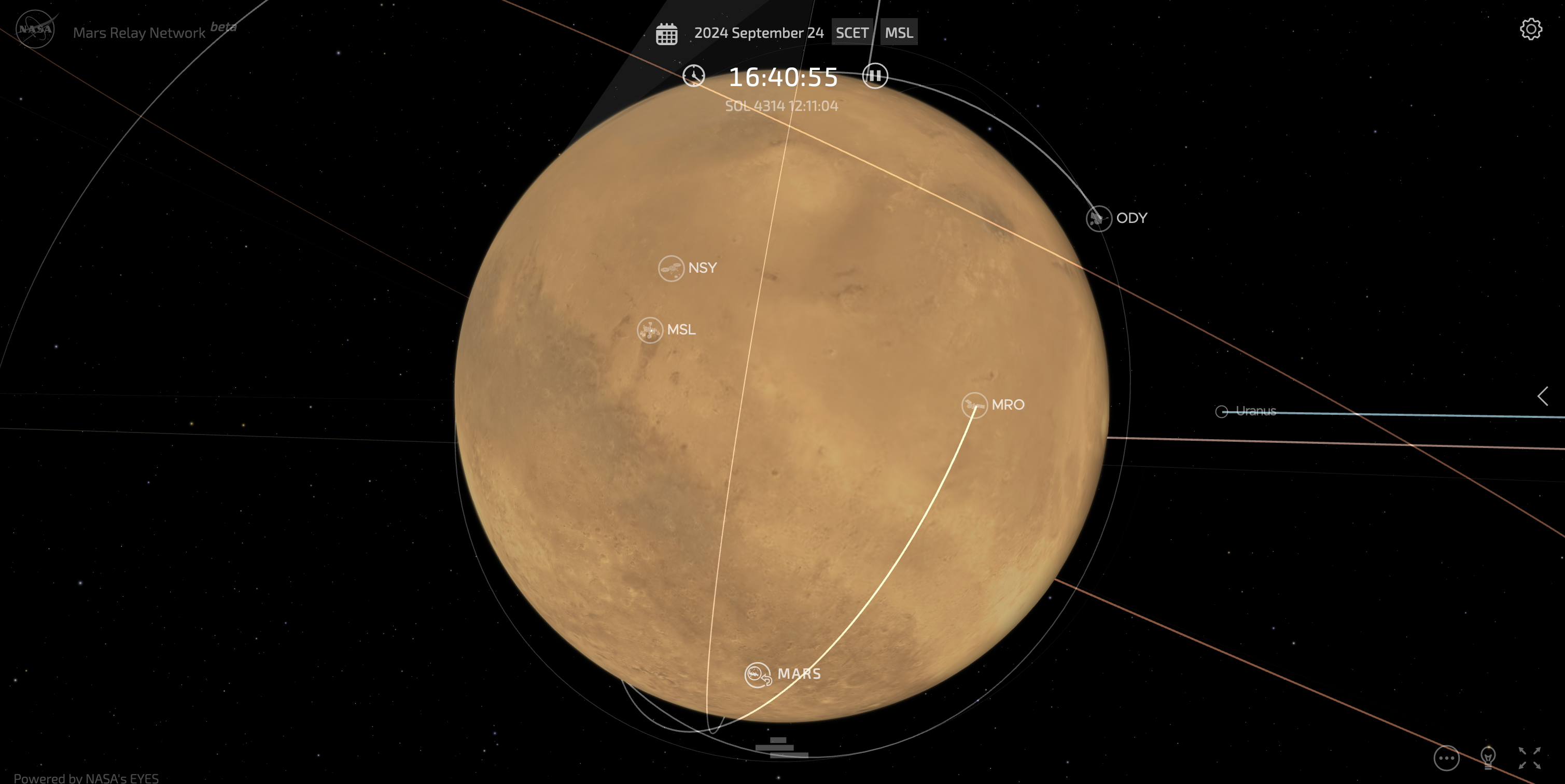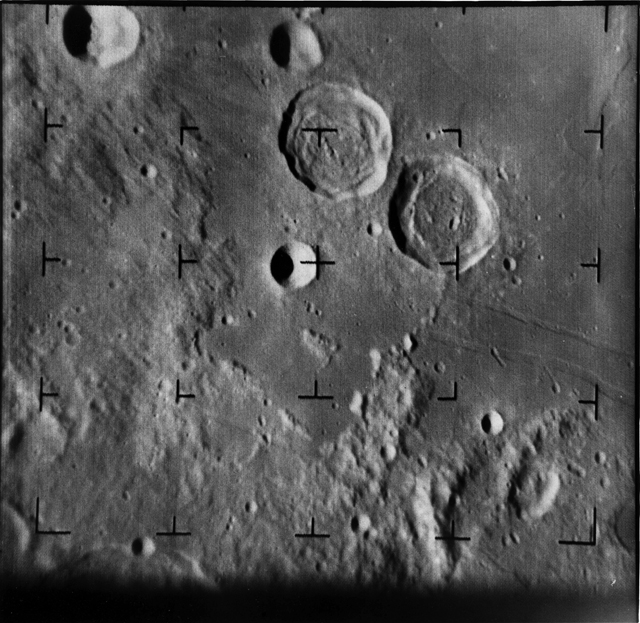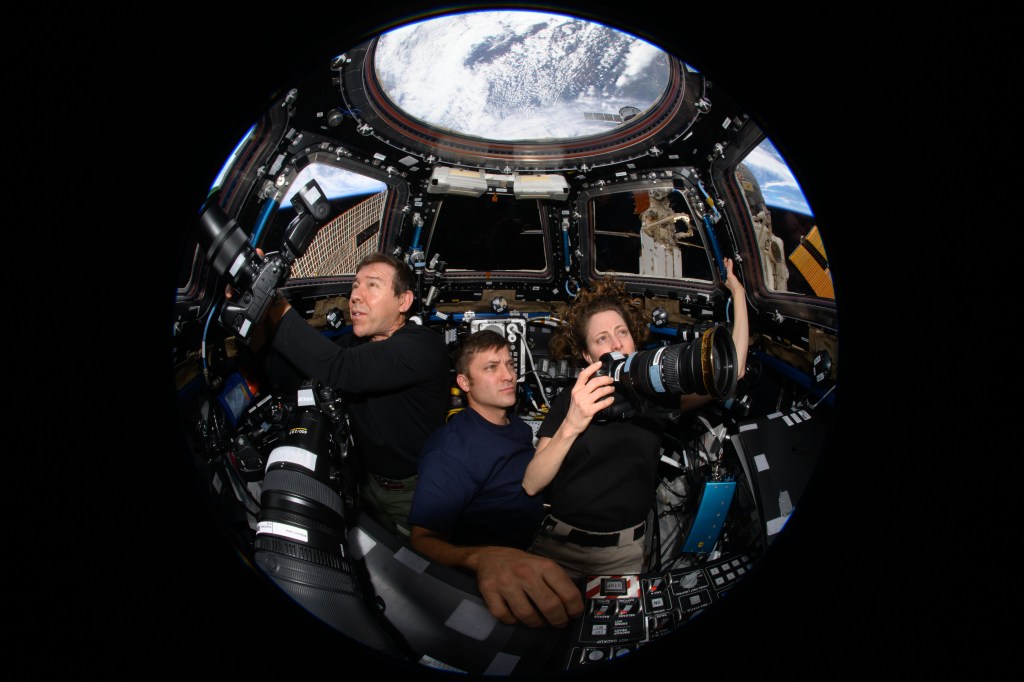The Challenges of Growing Plants in Space
Just as humans adapt to different environments, plants do, too! By studying how plants grow and develop in the extreme conditions of space, scientists can learn what’s needed for space crops to thrive—enabling deep-space exploration and benefitting life on Earth.
Plants need food, water, air, light, and the right amount of space to thrive and survive. But ensuring that these needs are met in space can be tricky; for example, how can astronauts pour water on a plant in a low- or microgravity environment?
NASA research continues to show that despite the challenges—changes in gravity, environmental stressors, and challenging atmospheric conditions—plants’ needs can be met, and they can grow in space. But to help plants thrive in space, we need to conduct experiments that test growing a variety of plant species under a range of environments found in space.
By conducting plant experiments in space, scientists aim to select plants that perform well in challenging space environments and develop the technologies needed to produce a strong crop of space plants.
Did you know?
- One of the most commonly grown plants in space experiments is Arabidopsis thaliana, a relative of mustard greens. It’s small, easy to grow, and its genome has been completely sequenced, making it one of the most well-studied plants.
- Astronauts reported that they found caring for plants enjoyable and relaxing—an unintended consequence of performing plant experiments.
- Crew also reported enjoying spicy chili peppers grown on station, as their sense of taste changed while in space.
- Gravity impacts how plants grow but generally does not harm them; Some plant species on the ISS show patterns of growth that are different from those on Earth.
The Challenges of Growing Plants in Space
Moon
- Amount of gravity: 1/6 g
- Sunrise/sunset cycle: 1 approximately every 2 weeks
- Growing location: Controlled environment or growth chamber
- Challenges: Radiation, limited resources, partial gravity
Earth
- Amount of gravity: 1 g
- Sunrise/sunset cycle: 1 every 24 hours
- Growing location: Outdoor or indoor
- Challenges: Pests, extreme weather, limited resources
International Space Station
- Amount of gravity: ~0 g
- Sunrise/sunset cycle: 16 times within 24 hours
- Growing location: Controlled environment or growth chamber
- Challenges: Limited space, resource delivery, microgravity
How this benefits space exploration:
Scientists aim to help plants thrive in space, eventually providing fresh and nutritious food and life support for humans spending extended time off-Earth.
How this benefits humanity on Earth:
By understanding how to grow plants in harsh conditions in space, scientists could apply that knowledge to growing agriculturally important crops in challenging conditions on Earth.
About BPS
NASA’s Biological and Physical Sciences Division pioneers scientific discovery and enables exploration by using space environments to conduct investigations not possible on Earth. Studying biological and physical phenomenon under extreme conditions allows researchers to advance the fundamental scientific knowledge required to go farther and stay longer in space, while also benefitting life on Earth.

